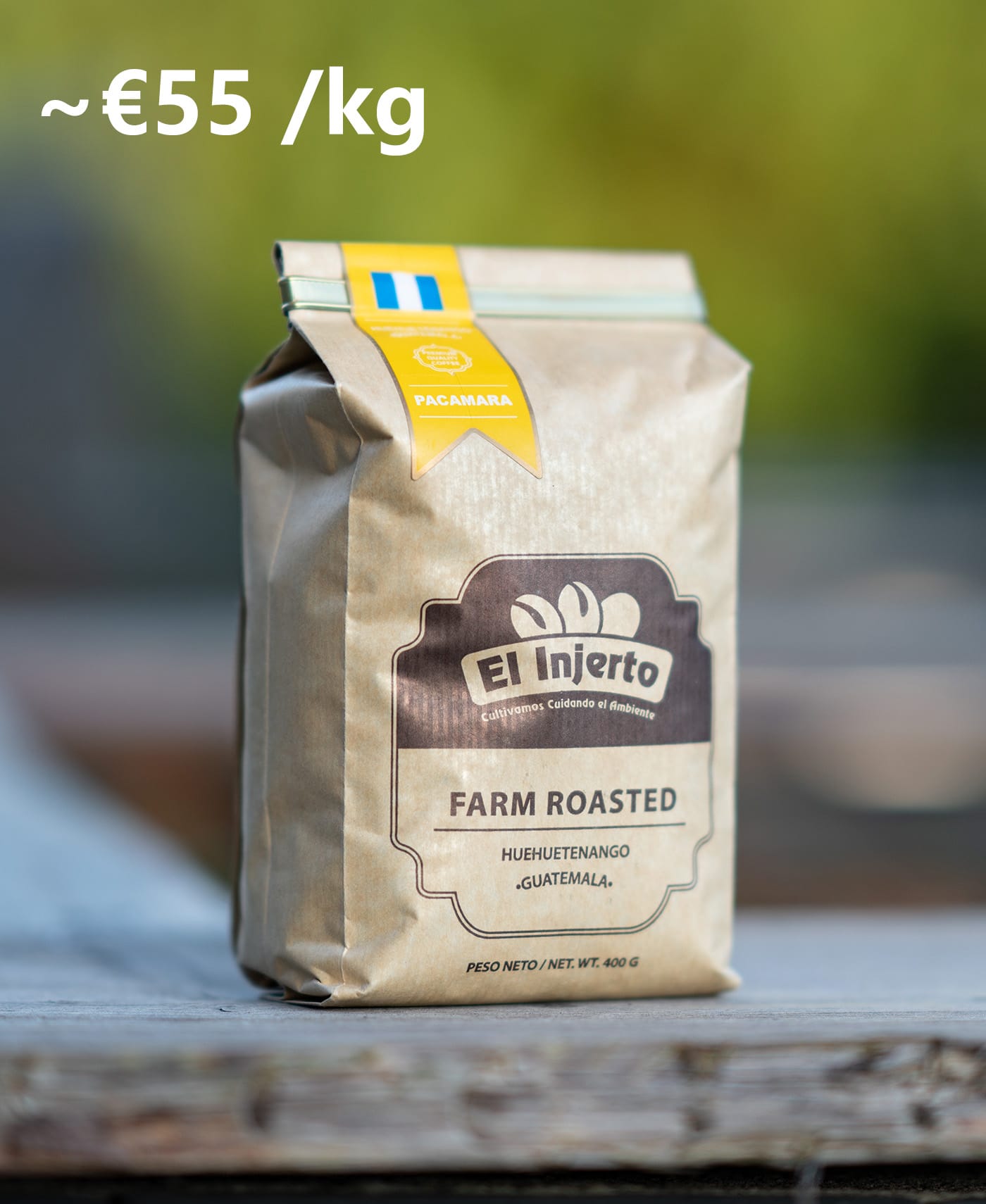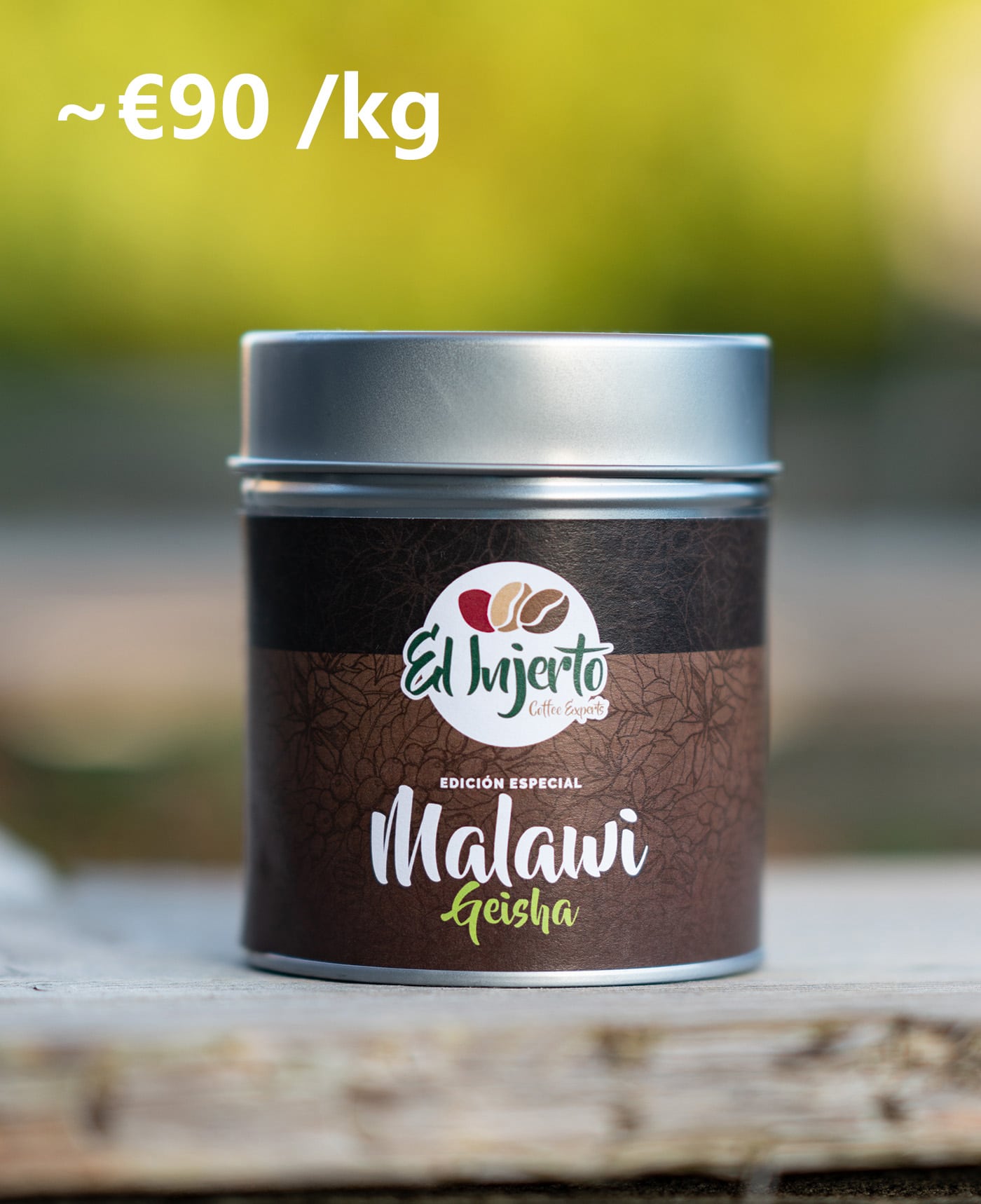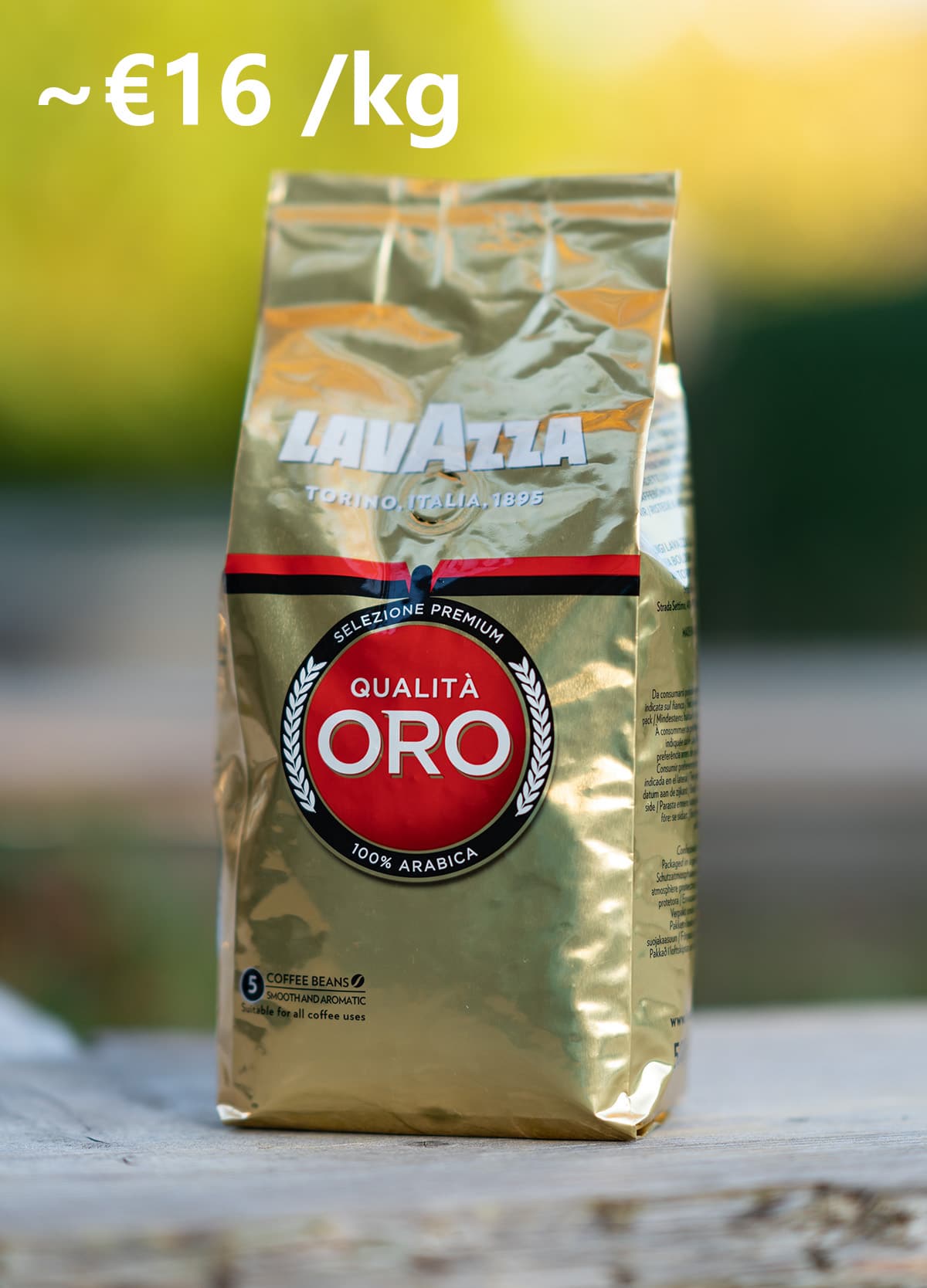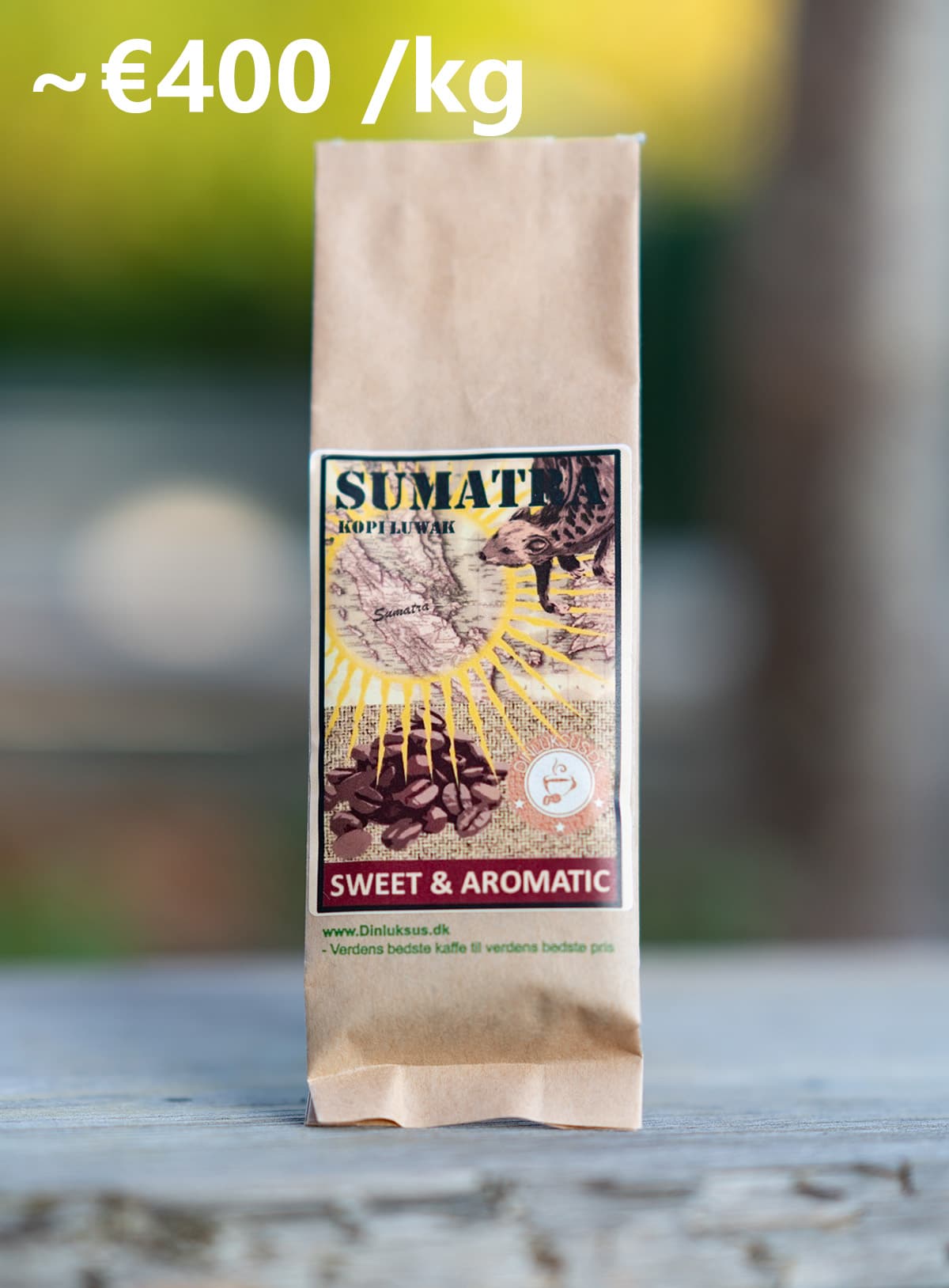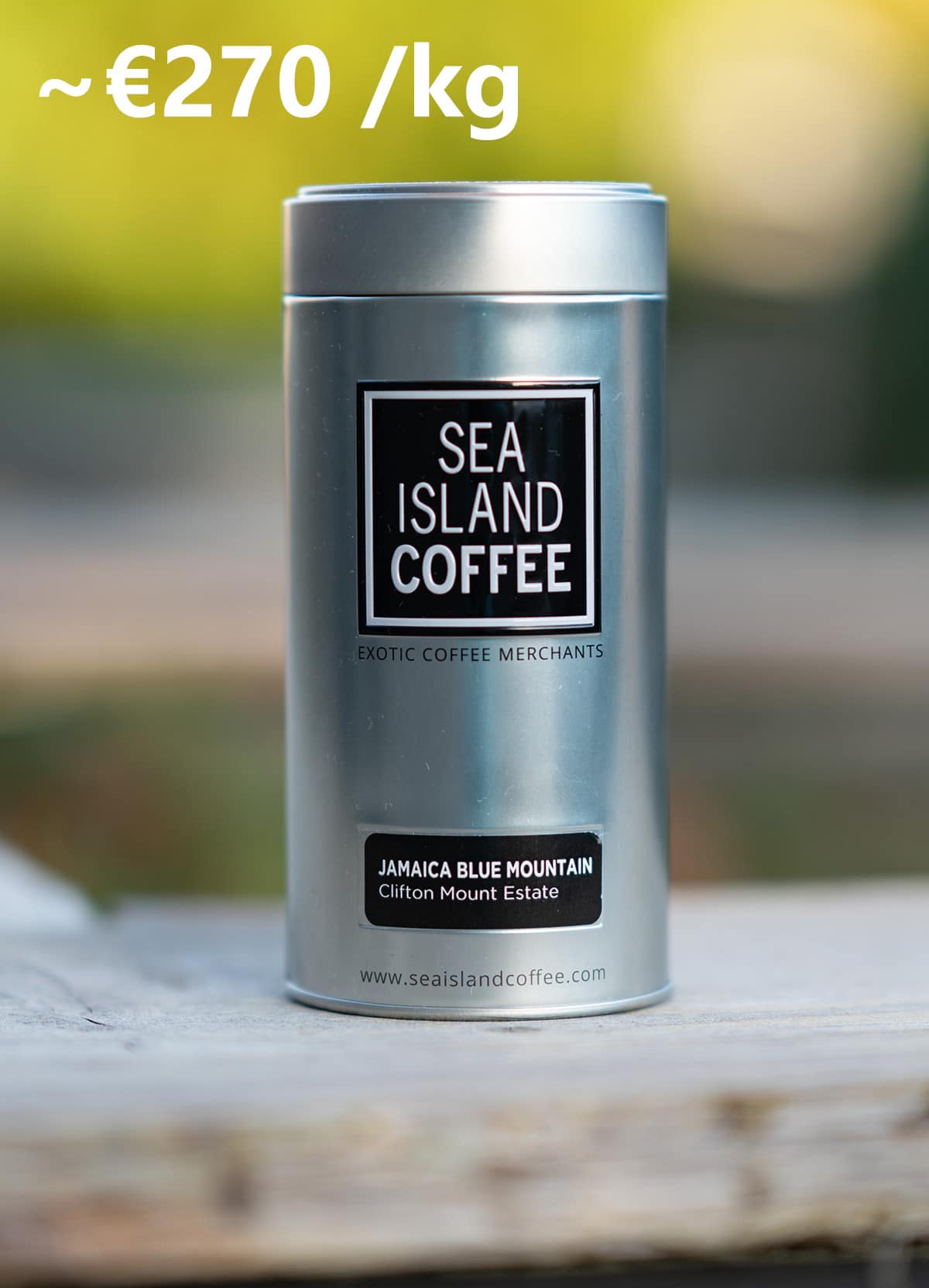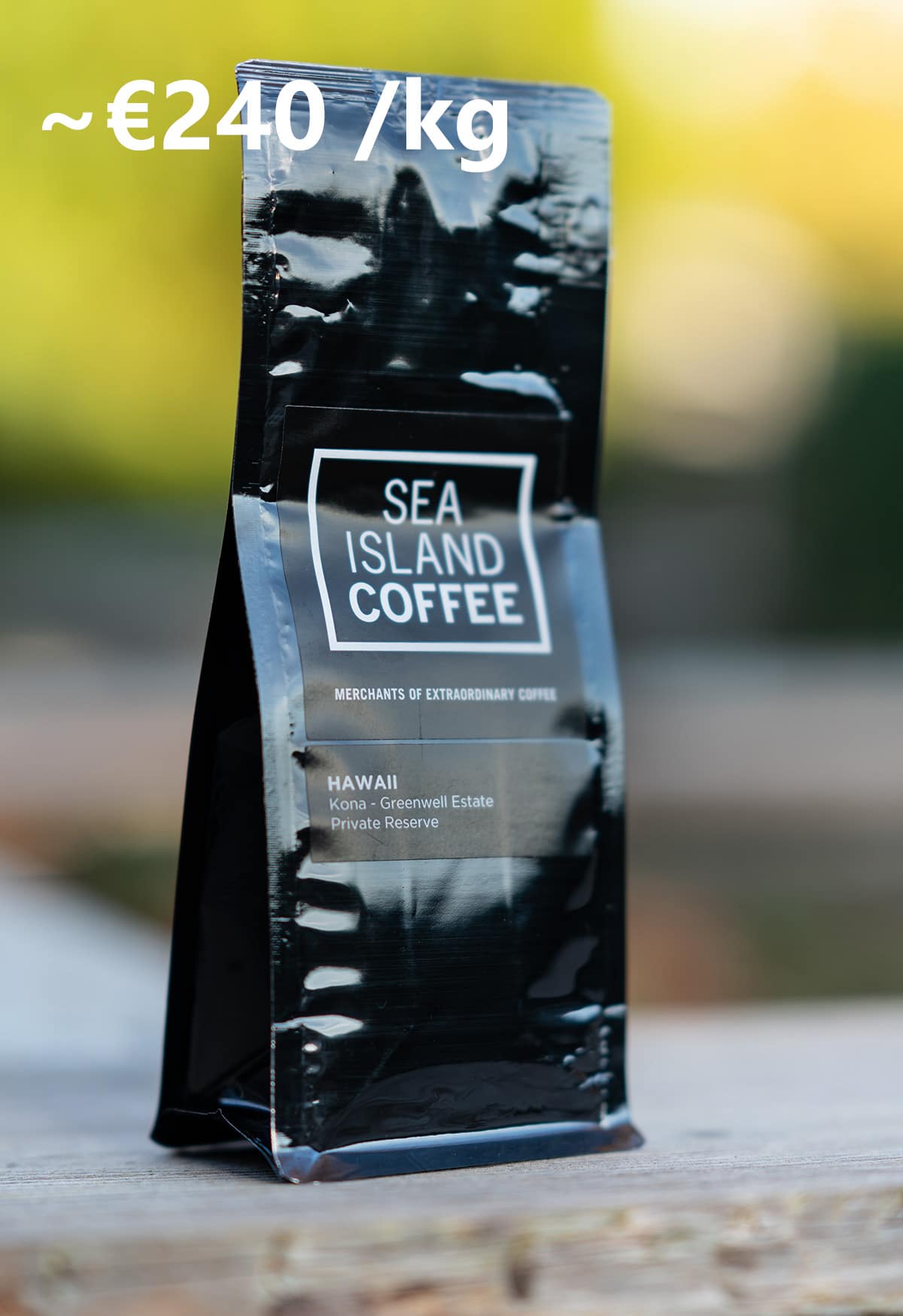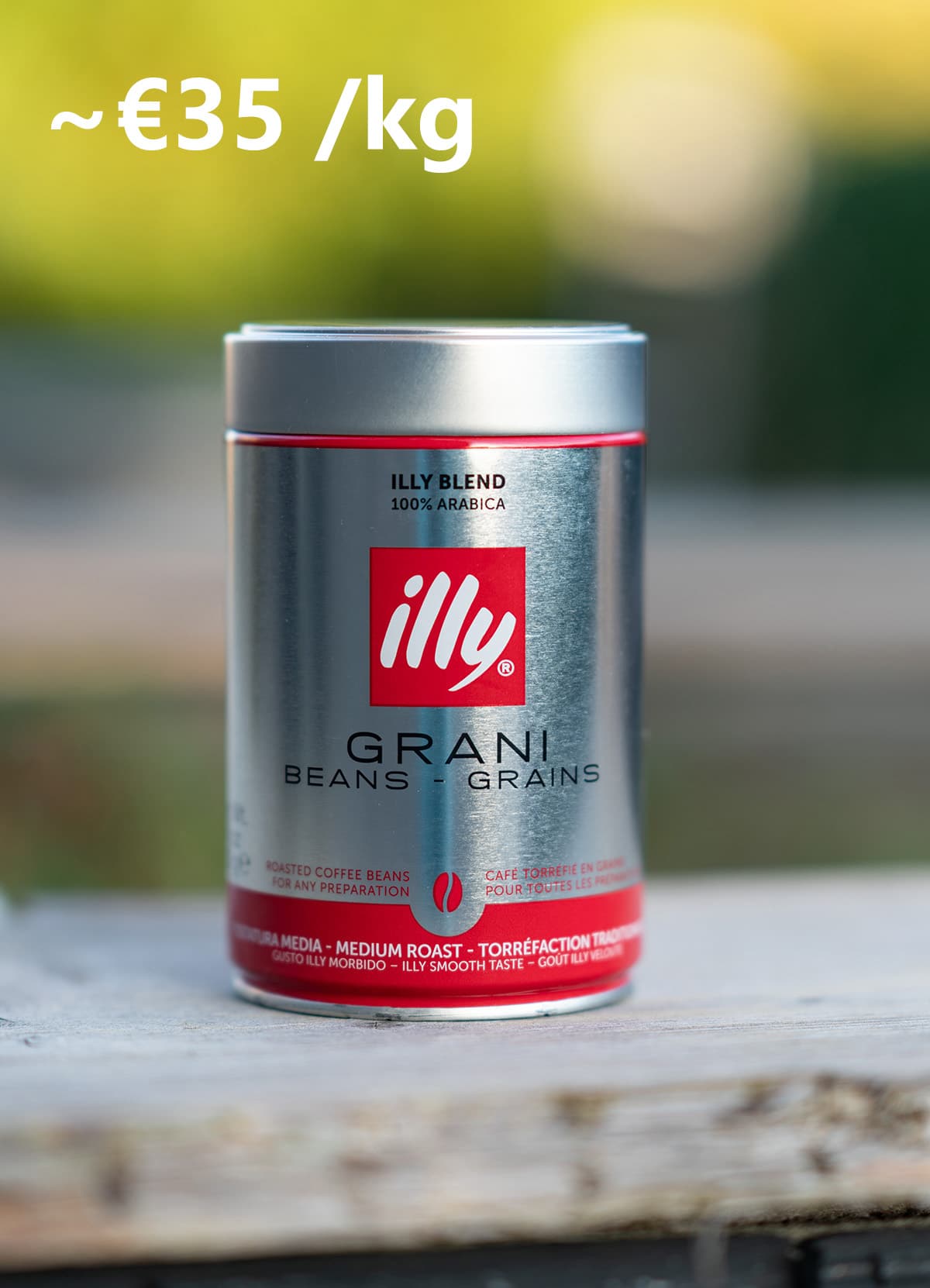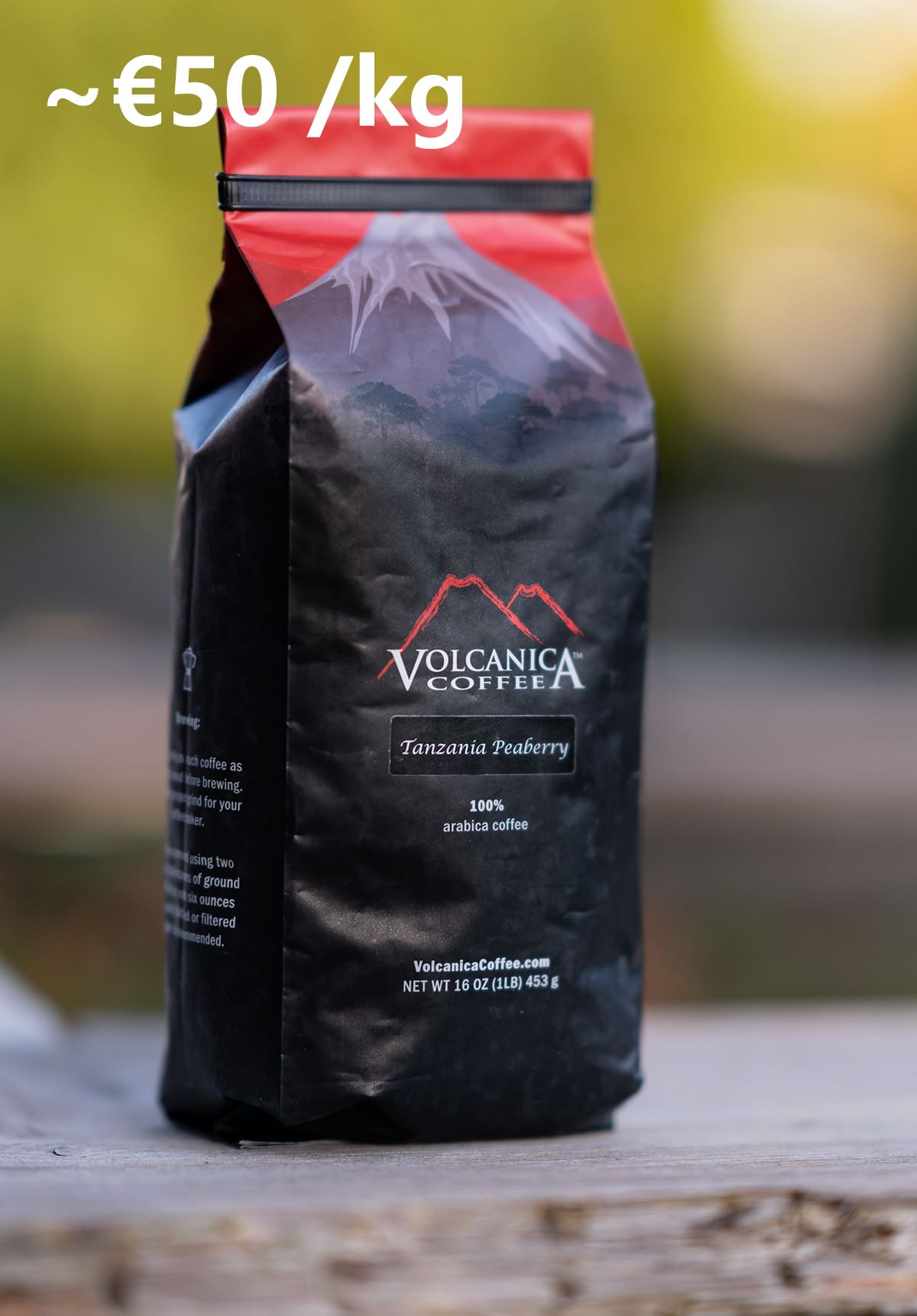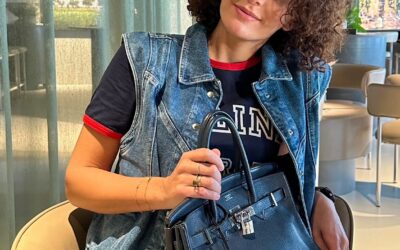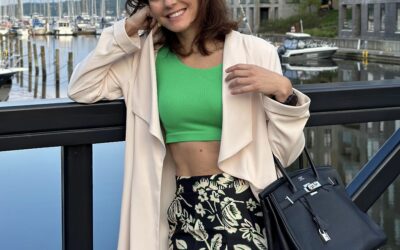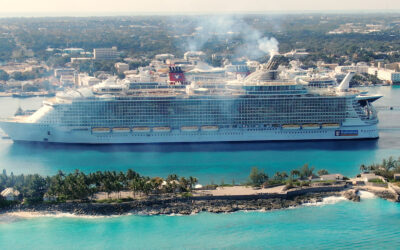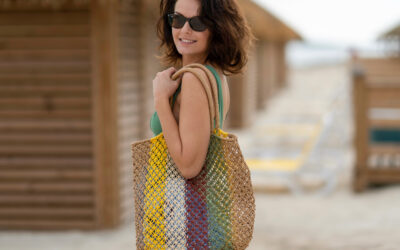World’s best coffee!
April 2020
If you are a coffee drinker, this is your lucky day! We have tested some of the very best coffee the world has to offer.
Just to make it clear and set the expectations: this review is for everyone! You don’t have to be a coffee connoisseur or barista. We’re talking simple French press coffee made of the best beans from around the globe. And one more thing: nobody has paid us anything to write this article (but they g.. d… should, considering how much time and money has gone into producing it)!
Meet the contestants:
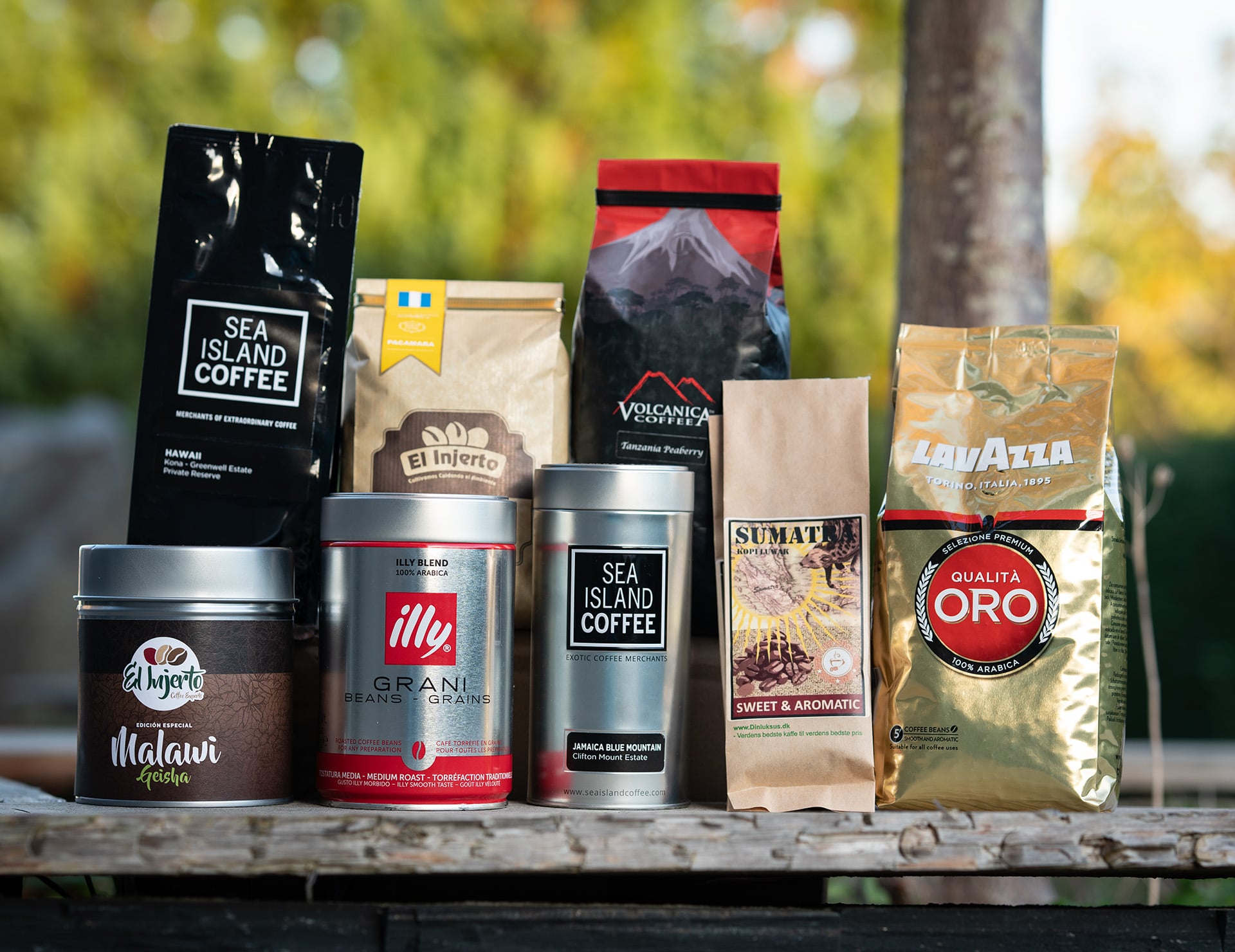
Blind tasting 6 exotic and rare types of coffee – and mixing it up with two great classics: Lavazza and illy.
So if you want to impress your family, friends or neighbours (or just want to spoil yourself) with a coffee experience beyond the ordinary, you have come to the right place.
Since a lot of us are so passionate about this brewed drink, we decided to create this article, in order to figure out, if “normal people” would actually be able to taste and appreciate the difference between the more mainstream high quality coffee vs the exotic, very expensive types of coffeee like Kopi Luwak, Jamaica Blue Mountain etc., when brewing at home.
It is our hope that this article will enlighten and hopefully help you and everyone else out there, who could benefit from the information – in order to get better coffee experiences, increase quality of life, live happily ever after, and… well, you get the picture!
But first: Welcome to the jungle! It is a VERY complicated task to navigate in the world of coffee. Around 30-40 gigantic companies control the majority of the market worldwide, but there are also a ton of small farmers and companies – most of them not very organized, really hard to find (and even harder to get in contact with), who are growing great beans and running solid reputable businesses.
Fun fact: 1,4 billion cups of coffee pr. day! That’s how much we consume every single day worldwide.
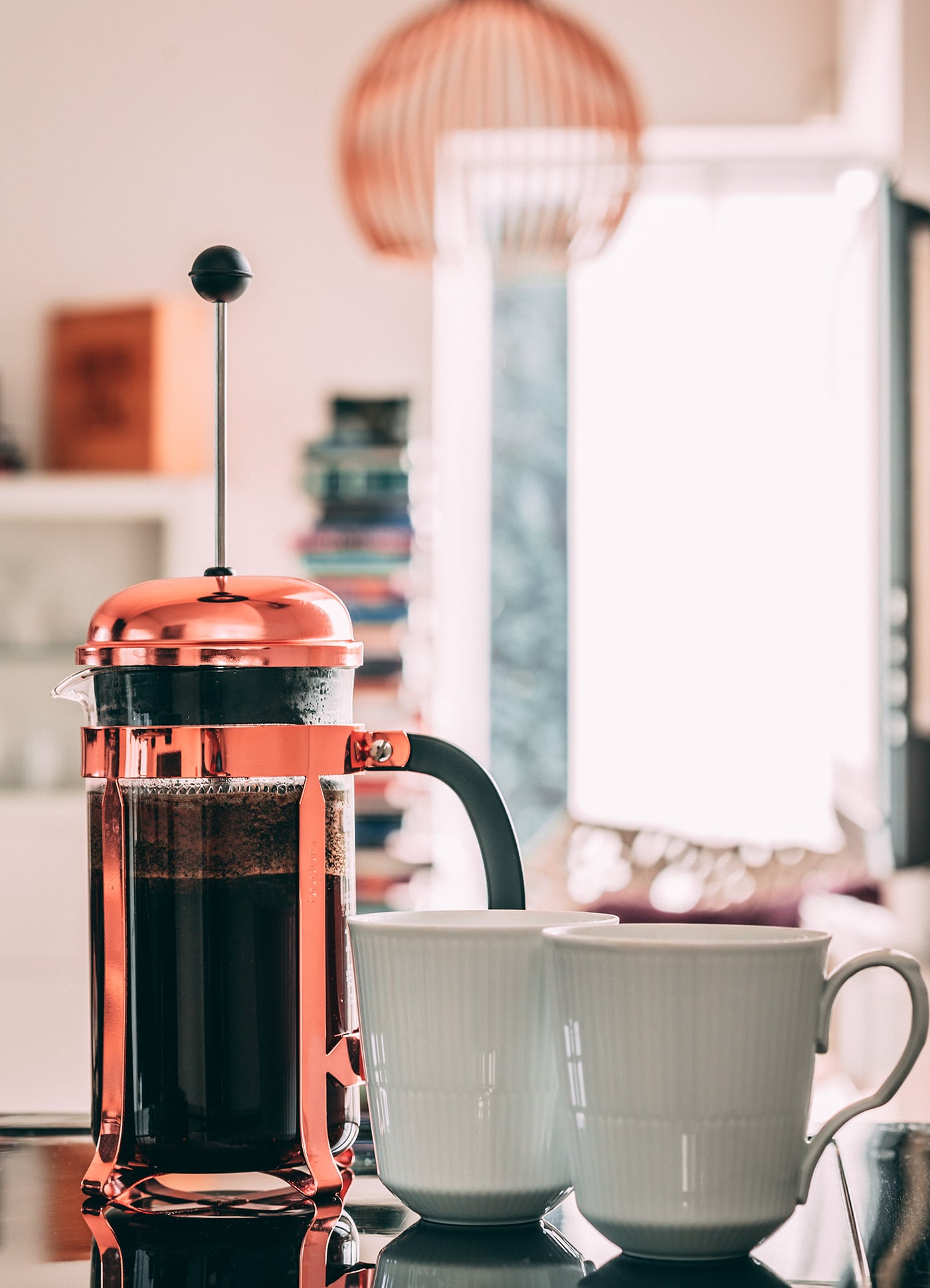
We decided to take some of the very best coffee from around the world, and throw them into the ring for a blind tasting.
Since it’s impossible to taste all the different kinds of coffee out there, we began to do some research. Then we did some more research – and then some! Actually I have regretted more than once, that we set out on this journey. Finding objective and impartial reviews is harder said than done. In the end though, after loads of cross references and investigation, we gathered enough evidence, bought enough samples and drank so much coffee, that we couldn’t sleep for days – but luckily our efforts paid off, and most of the coffee we bought, was deemed great enough to present to the grand jury: neigbours, friends and relatives who are all passionate coffee drinkers.
There are of course other great alternatives out there from tiny single estate farms, but unless you’re willing to embark on some bonkers Indiana Jones trekking adventure half way across the globe – through a jungle or climbing a remote mountain, then most of them are out of range, since they don’t ship their precious beans further than they can walk.
Anyway long story short: we have decided only to include products that are available both in Europe and USA.
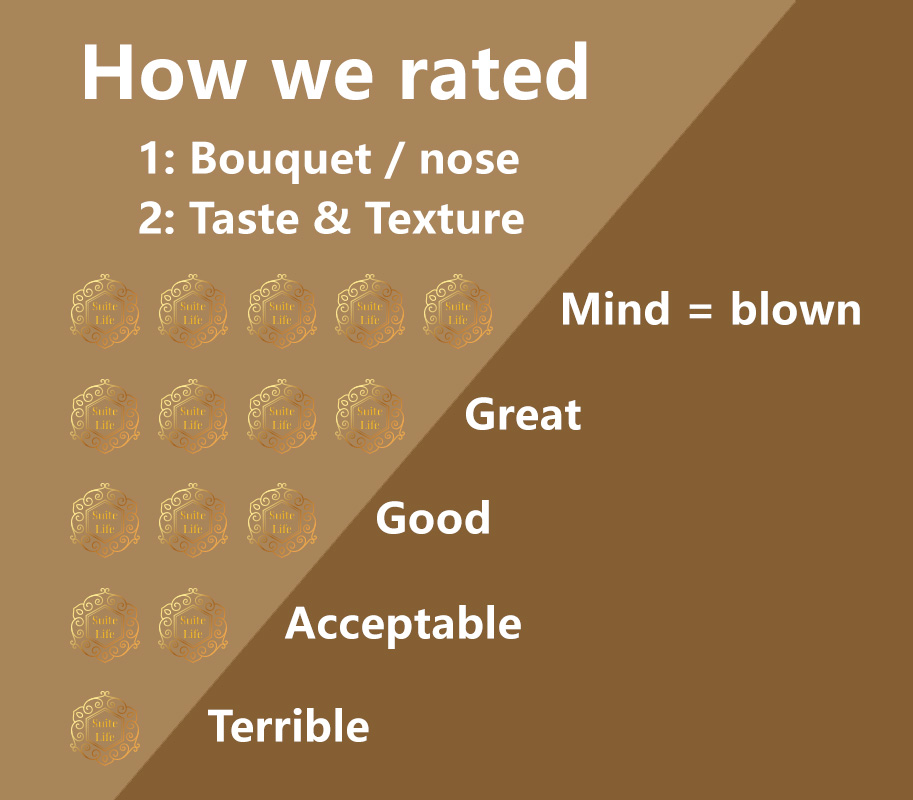
How we tested
To give all of the different coffee types a fair review, we used the following procedure:
· Each coffee was tasted blind – meaning no other than me (Per) knew what was being served.
· Everybody brought their own favourite coffee mug (it’s easier to be objective and rate coffee, when you can compare it to how your own coffee usually tastes).
· Same amount of grams in each press: 65 gram pr. liter.
· Beans have been grounded exactly the same way and the water has been added seconds (not minutes) after grinding.
· Only pure water bought from the grocery store has been used.
· The water was poured in the press at exactly 96 degrees c.
· Each press has rested for precisely 4 minutes before being served to the grand jury.
Now let’s get to it! The coffees are presented in the order we tasted them.
From the family owned award winning company El Injerto in Guatemala, comes one of their best coffees: Pacamara, a former winner of the Cup of Excellence Presidential Award.
Pacamara is a hybrid varietal created in 1958 by mixing the Pacas varietal (short robust plant producing high yields) with the Maragogipe varietal (tall plant producing large coffee seeds but small yields), in order to get the best of both worlds.
Quotes from the jury:
“round and pleasant taste”
“low acidity”
“good bouquet without being extraordinary complex”
“good balance, without being too heavy”
“a lighter smooth coffee”
Available at El Injerto in Guatemala. Please note that if you live in Europe, you face potential excise and VAT charges along with shipping fees!

Having searched for a great supplier of Geisha coffee (a variety of Arabica), I was again and again led back to El Injerto in Guatemala, though the Geisha or Gesha varietal, which originated from the Gesha village in Ethiopia, has performed best in Panama. It gained it’s fame not that many years ago, when it fetched relatively high prices at an auction back in 2004.
The prices have since continued upwards and recently a tiny lot was sold for ~€1.500 pr. kilo.
This particular geisha coffee is originally from Malawi. El Injerto also produces a version from Panama, which is presumably even better, but was not available for purchase at the time.
Of all the coffees I bought, I personally think this one has an aroma and flavour unlike any of the other coffees. You immediately realize this when opening the can. Though the beans are packed in a paper bag inside, the smell is impossible to contain, and it’s absolutely mesmerizing.
I decided to serve it after the Pacamara to see, if the difference was noticeable.
Quotes from the jury:
“superb nose”
“very complex bouquet”
“the taste is fantastic – definitely a step up”
“would be nice if it stayed a bit longer in the mouth”
“absolutely amazing with chocolate” <– Thanks for that comment, after which everybody found an excuse to plunder my chocolate reserves 🙂
Available at El Injerto in Guatemala. Please note that if you live in Europe, you face potential excise and VAT charges along with shipping fees!

Lavazza, Qualità Oro
An absolute heavyweight contender (considering the company size), the Qualità Oro is one of the cornerstones of the Lavazza assortment.
Made from 100% Arabica, which are sourced primarily from Central and South America, and processed in Settimo Torinese, Italy. The first coffee blend from Lavazza launched in 1956.
Quotes from the jury:
“tastes more like real coffee”
“isolated a good coffee”
“a bit more flat than the first two, but really good coffee”
“not too complex, but good classic coffee taste”
“good body and texture”
Available worldwide but if you live in Scandinavia or Germany, I highly recommend to buy your coffee or capsules through www.kaffekapslen.dk or .de or wherever you live.
These guys have the best prices and my delivery arrived the day after i ordered – way to go! They’re not paying me to say this, but in case they’re reading this: I can send you my paypal details, if you’re keen on supporting Suite Life. We also accept payment in capsules 🙂

Kopi Luwak, Dinluksus
Ohh yeah – let’s bring in the big guns! I know some of you just dropped by, to have a look at how this one performed. A mythic type of coffee, which only few people get to experience.
Kopi Luwak has been around for centuries, but was a well kept secret until Jack Nicholson and Morgan Freeman made it famous in the movie: The Bucket List. The main reason for all the hype is due to the way the coffee is “produced”. Allow me to explain in 3 simple steps.
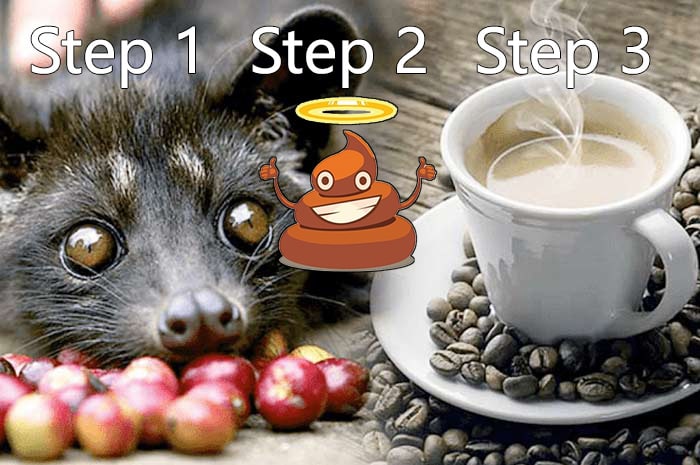
However, due to very limited supply and the extremely high prices, a big part of the Kopi Luwak sold on the market today, is produced from civets in captivity, who are force fed and mistreated. I highly suggest you do your research, to at least try to avoid supporting these activities.
So what’s it like?
Well… it’s different I will give you that. Both in terms of the looks, smell and taste. Though the supplier Dinluksus, (owned by a great guy, who roasts and sels a lot of different coffees (his brazilian blend is amazing – and very reasonably priced!)) advised us to brew the Kopi Luwak in a pour over for the optimal result, we had to stick to the rules and french pressed the s… out of those beans ;-D
Quotes from the jury:
“A great bouquet – a bit like no.2 (the Geisha)”
“A bit thin compared to the previous coffees”
“good complex nose”
“round but light”
“low acidity, yet still a bit “green” in the mouth”
“compared to the others it’s not my favourite because of the body. I hope it’s not a crazy expensive one like Kopi Luwak” <– lol.
Note: after the blind tasting, we all tried the Kopi Luwak brewed using a pour over. Though everyone agreed that it was good coffee, it was not the crowd’s favourite – and no one could justify spending €400 pr. kg. However, if you get the chance to taste Kopi Luwak anywhere, I encourage you to try it – and I think you should let a professional barista take care of the process. I feel confident that they can get more out of these beans than all of us normal mortal coffee addicts.
Regarding availability, we bought this specific one at Dinluksus, due to freshness guarantee and certification regarding sourcing, but you can also find Kopi Luwak on Amazon (beware of the lower priced ones, if you care about animal welfare), or you can purchase directly from Gayo Kopi or Kopi Luwak Direct.

Jamaica Blue Mountain, Clifton Mount Estate
Therefore, you need to watch out for the traps! The vast majority sold in retail shops around the world with the Jamaica Blue Mountain label, are blends where only a fraction of the beans are the real deal. That’s why you have to choose your supplier carefully – or go for a single estate coffee, which is often (a lot) more expensive.
Sea Island Coffee is a safe bet. They are definitely not among the cheapest, but they stock pretty much all exotic coffee types you could ever desire, and because of their turnover and size, you are guaranteed freshly roasted coffee.
The coffee we tasted is sourced from one of the oldest and most famous producers in Jamaica: The Clifton Mount Estate. Grown on the slope of Catherine’s peak, and commanding a very high price, my expectations were of course equally high.
Quotes from the jury:
“Here comes the Grand Cru’s”
“Classic beautiful coffee”
“Great nose and a full bodied coffee”
“How a great cup of coffee should taste”
“A great nose, though it’s not the most complex”
I suggest you buy it at Amazon. You can purchase directly at Sea Island Coffee, but you have to buy at least 1kg!

From the slopes of the volcanoes Hualalai and Mauna Loa in the Kona district on the big island of Hawaii, some of the best coffee has been grown here for nearly two centuries.
Kona coffee is of the Arabica varietal, and the special climate combined with the volcanic soil, produces a coffee that is in high demand all over the world.
As was the case with Blue Mountain above, you have to do your research in order to get your hands on 100% pure Kona coffee.
Most of the producers do not ship outside USA, but a few merchants are big enough to import reasonable quantities from the top coffee growers. Again we have chosen Sea Island Coffee, since they import and roast some of the very best single estate coffee from Hawaii.
Quotes from the jury:
“Has both sweet and citrussy notes – a great nose”
“low bitterness and pleasant feel in the mouth”
“you can serve this coffee to anyone”
“medium body and good balance in the taste”
“fades off a little too fast, but overall great coffee”
I suggest you buy it at Amazon. You can purchase directly at Sea Island Coffee, but you have to buy at least 1kg!

Illy medium roast
Time for another heavyweight from the global coffee industry: the medium roast from the Italian brand illy is a true classic.
Made of different Arabica beans from multiple regions around the world, illy has carefully been selecting, blending and roasting this coffee to perfection for many decades.
I am personally a huge fan if illy, and therefore I was super excited to see how the coffee performed, when going head to head with some of the very best. Luckily my taste buds are not too far off, since the jury was very pleased as well.
Quotes from the jury:
“classic great coffee”
“what’s expected from a good cup of coffee”
“Good full bodied coffee. Perhaps the most powerful we’ve tasted so far”
“This coffee doesn’t “wow” you, but it does taste really nice”
“A good bouquet without being super complex”
Available worldwide, but again we bought from www.kaffekapslen.dk, due to best prices and freshness guarantee.

Without going too much in detail, the peaberry is a result of a mistake in the fertilization process. Normally two beans grow inside a fruit flat against each other – but in rare cases, one of them doesn’t make it, and the “only child” get’s all the juice and attention. Usually this produces a round coffee bean, that’s a little bit smaller and denser, than normal beans. Around 5% of all Tanzanian coffee beans are peaberry.
Some say this produces a sweeter and more flavourful coffee bean – some say it makes no difference at all.
I say: let’s taste it and see what the jury says!
Quotes from the jury:
“Strong full bodied coffee”
“not too complex in the nose”
“A great tasting cup of coffee”
“Easy to drink, though it is probably the strongest of them all”
“Though not a bombardment of aromatic experiences, it’s overall a great cup of coffee”
Available at Volcania coffee.

Final words and recommendations
None of us were “WOW’ed” during the event, though all the coffees were great without a doubt. Though each coffee had it’s own individual characteristics, none of us felt that they were too far apart. However, we believe that the Kopi Luwak demands special treatment and attention from a professional, since it is a different type of coffee (and we didn’t fully undestood the hype).
“So are you saying it’s not worth it, to spend 100’s of euros on a bag of coffee?” YES – that’s exactly what I’m saying!
If you believe you can do it yourself, and you have the money to spare – by all means, go all in! We just don’t believe that it’s worth the money if you don’t know what you’re doing – or have the right gear. You will get much better value for your money going with illy or Lavazza – or other brands in the upper end of the “normal” scale.
Secondly: find yourself a supplier you trust. Preferably a decent sized company with a turnover, that is almost sure to guarantee fresh roasted beans all the time.
If you wish to taste just one of these luxury coffees:I would personally go for the Malawi Geisha from El Injerto. I might also buy the Panama Geisha when it’s back in stock, to see if it’s really better. If it is – I will update the article and let you know 🙂
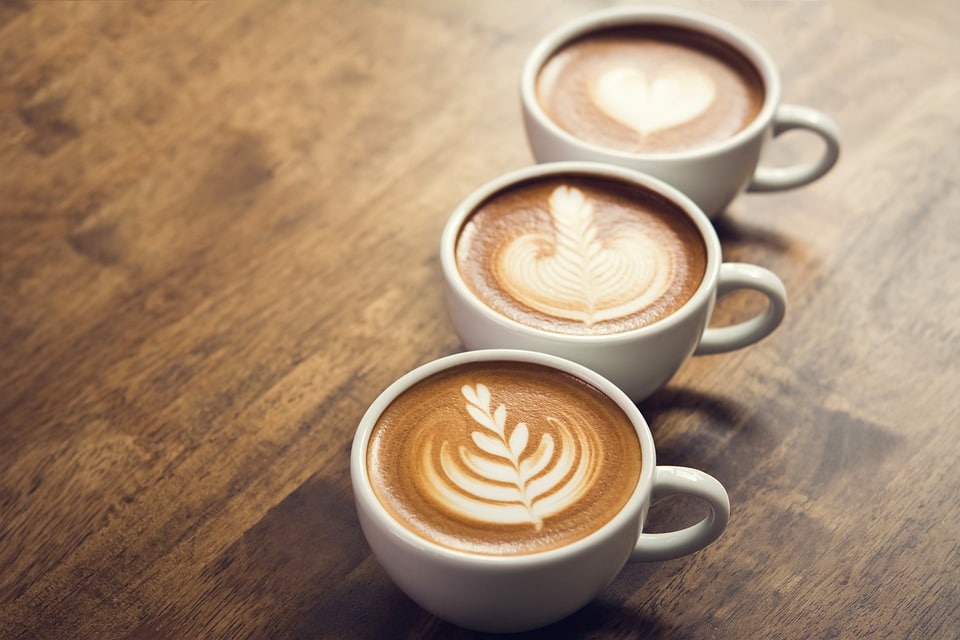
I hope this article was interesting for you to read. If you have any comments or questions, I would love to hear from you.
/Per
Latest articles
The fashion trends of Summer 24
WHAT ARE WE GOING TO WEAR THIS SUMMER 24?May 2024 As the days grow longer and warmer, it's time to refresh our wardrobes and embrace the latest fashion trends for Summer 2024 This season, fashion takes a sustainable turn, prioritizing comfort and versatility without...
Take care of your luxury bags
How to take care of your luxury bagJune 2023 Taking Care of Your Luxury Bag: Essential Tips for Longevity and Maintenance A luxury bag is not just a fashion accessory; it's an investment that deserves proper care and attention to ensure its longevity and pristine...
Invest in Hermes
Invest in Hermes!May 2023When it comes to luxury fashion investments, few items hold the same allure and enduring value as Hermes bags - specially the Kelly and Birkin. Renowned for their timeless design, meticulous craftsmanship, and exclusive availability, these...
Major announcement & Suite Life update
Major announcement & suite life updateNew company launching end of 2022September 2022If you've followed our journey for some time, you probably already know that Suite Life is not only a passion project, but also a company that we've invested lots of time and...
Royal Caribbean cruise – review and ship tour
Royal Caribbean cruise - review and ship tourWhat is it like to go on a cruise? We answer the most important questions for first-time cruisers.If you are considering going on a cruise for the first time, you are probably trying to weigh the pros and cons before making...
Trendy bags of summer 2022
The trendy bags of Summer 2022!June 2022Straw, raffia and wicker are THE materials for your summer bags! The wicker basket started its fashion career in the 60's with the Frenchiest of all the British celebrities, Jane Birkin (yes, the one who inspired Hermes). She...
